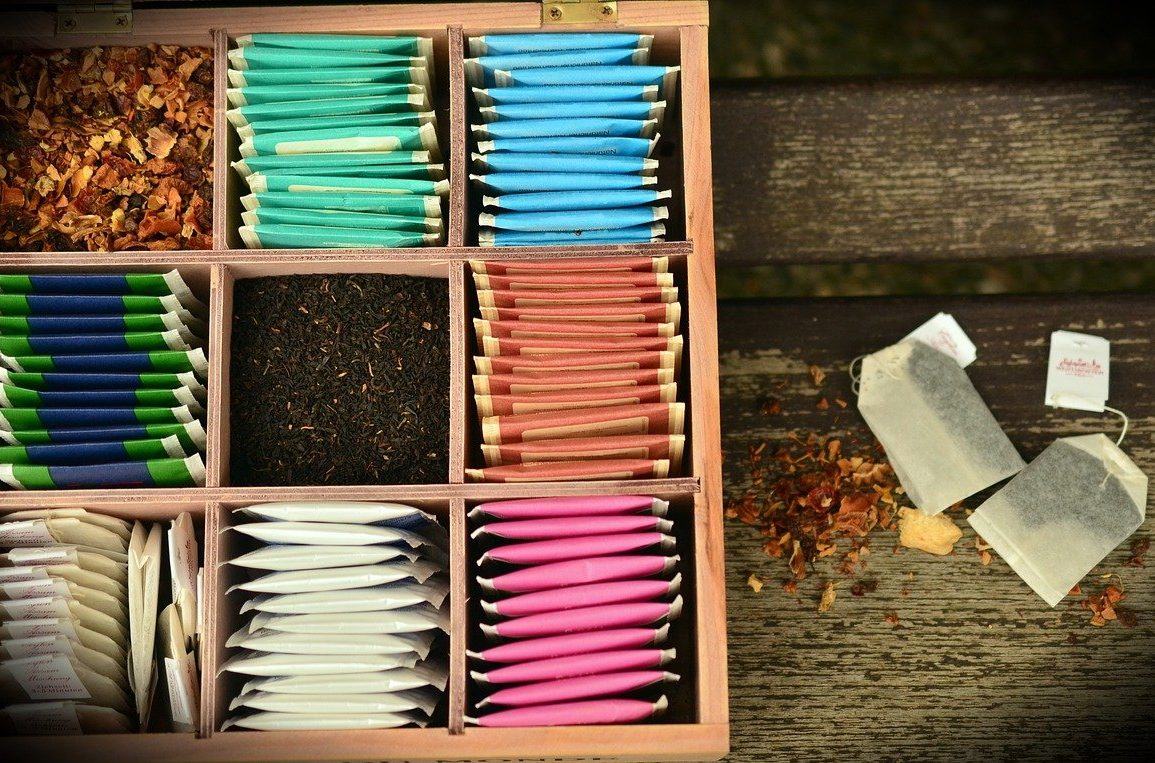Talking about Hayfever -It seems unfair that for some unlucky folks, we get through the drudgery of winter, the wetness of early spring and when we finally start to get some decent weather – BAM! Hayfever season is here.
With its plethora of irritating (literally) symptoms, sufferers can have itchy, runny eyes, ears, nose, throat along with sneezing, coughing and general discomfort.
If that’s you, then you’ll likely already be stock piling your antihistamines and packing away your contact lenses and fake lashes… but did you know there is more that you can do to keep symptoms at bay?
Firstly, it’s good to know which kind of pollen outrages your body the most so that you know when you’re likely to be at your worst. Tree pollen starts first, anytime from March, then we move to grass pollen later in the season, and finally what is termed ‘weed’ (think wayside weeds) pollen in late summer.
If you are already a person who tends to have allergic responses, you are likely to tip into symptoms when the first whiff of pollen gathers. As early as you can in the season then, it’s helpful to reduce any other irritants you possibly can. It might be foods (gluten containing and dairy foods are common culprits), cleaning materials or laundry detergents, or any other substance you know your body doesn’t like much. By reducing the general level of irritation, you allow your body that bit of headroom to deal with the new seasonal challenge.
Most folk don’t know that some herbs have antihistamine compounds in them too. Nettle and chamomile are both able to reduce histamine responses and they are easy to include in your everyday diet just by picking those teas next time you do your weekly shopping.
Perhaps the herbalist’s most favourite hayfever ally, however, must be the elder flower. These beautiful frothy cream flowers not only make delicious cordials to drink, they also markedly reduce hayfever symptoms. Taken in a tea or tincture format (the cordials taste nice but wouldn’t be strong enough to help) elder flower is nature’s way of helping us through the hayfever season and can reduce itching, sneezing and stuffy sinuses.
Herbalists rarely use just one plant at a time, preferring to layer them up to work synergistically for better effect. You can do the same too – by simply mixing the dried herbs and using a tea ball of the mix per cup of hot water, infused for at least 5 minutes, and taken 3 times a day. You can do this even when you are taking antihistamines if they are not controlling the symptoms alone.
And then you can get back out there and start to enjoy the weather we’ve all been waiting for… if the Great British weather doesn’t disappoint!
Pamela Spence
Pamela is a medical herbalist and runs an online community for busy women who do too much. Doors open twice a year and kick off with a week of free content designed to help you reset your stress levels naturally. To find out more and sign up for the waitlist go here:


